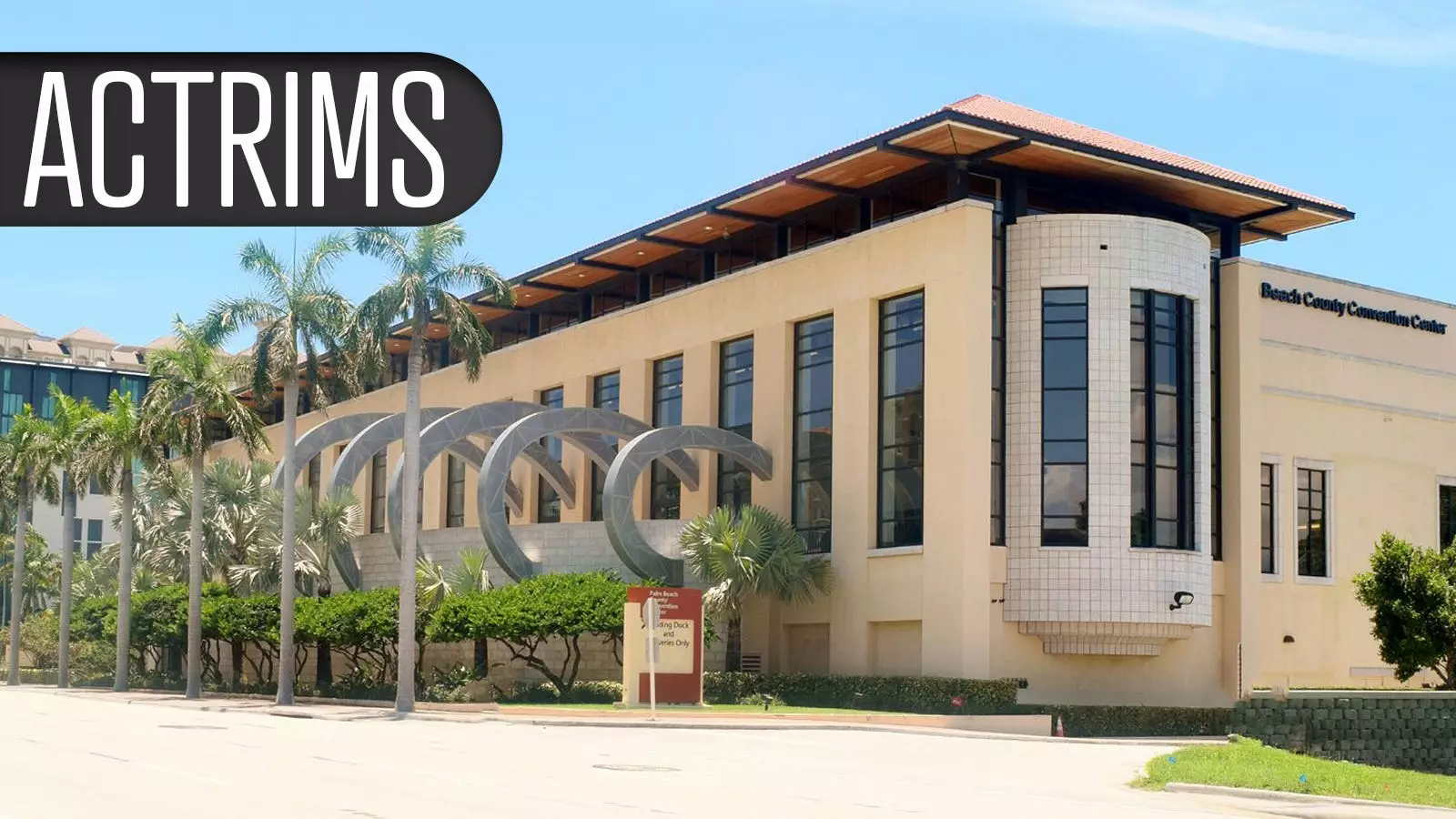When looking at the long-term effects of treatment with ozanimod (Zeposia) on relapsing multiple sclerosis (RMS) patients, researchers found that clinical and radiologic measures of disease activity remained stable or improved for all age groups. Regardless of the patient’s age, the adjusted annualized relapse rate was consistently below 0.2 over a span of 7 to 8 years of continuous treatment with ozanimod. This data was presented by Jeffrey Cohen, MD, of the Cleveland Clinic, at the Americas Committee for Treatment and Research in Multiple Sclerosis (ACTRIMS) forum.
In the open-label DAYBREAK extension study, which included 2,257 RMS patients from the SUNBEAM and RADIANCE trials, it was observed that patients who continually took ozanimod had lower rates of relapse compared to those who were originally on interferon beta-1a. Even patients who switched from interferon to ozanimod during the study caught up with those who were on ozanimod from the beginning. Furthermore, the number of gadolinium-enhancing lesions and new or enlarging T2 lesions per scan decreased as patients got older. This trend may indicate a decline in immune activity and a potential interruption of inflammatory events that lead to nerve injury.
The approval of ozanimod for treating RMS in 2020 was based on data from the SUNBEAM and RADIANCE trials, which demonstrated lower relapse rates with ozanimod compared to interferon beta-1a. Patients who completed these trials were able to enroll in the open-label extension study, where the efficacy of ozanimod was further evaluated over time. While concerns over the risk of infections in older patients receiving long-term treatment exist, the DAYBREAK study did not show increased risks associated with ozanimod use in this population.
In a companion study presented alongside the DAYBREAK extension data, it was reported that treatment with ozanimod controlled disease activity for an average of 60.9 months, with some patients remaining on treatment for up to 117.2 months. The sustained efficacy of ozanimod was highlighted by a low annualized relapse rate, minimal new or enlarging T2 lesions, and a low number of gadolinium-enhancing lesions on brain MRI. The safety profile of ozanimod remained consistent with previous trials, indicating its favorable benefit-risk ratio compared to older treatment options like interferons or glatiramer acetate.
The results of these studies provide valuable insights into the long-term effects of ozanimod in treating relapsing MS. The stability of disease activity across all age groups, the potential benefits of interrupting inflammatory processes, and the sustained efficacy of ozanimod over an extended period emphasize its role as a promising treatment option for RMS patients. Moreover, the reassuring safety profile of ozanimod offers clinicians the confidence to consider long-term treatment with this medication, particularly in older patient populations.


Leave a Reply